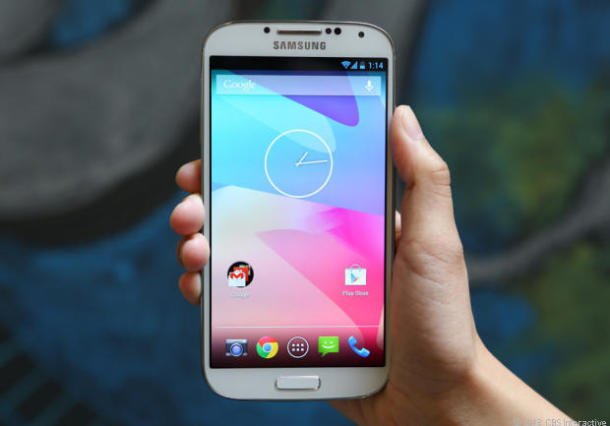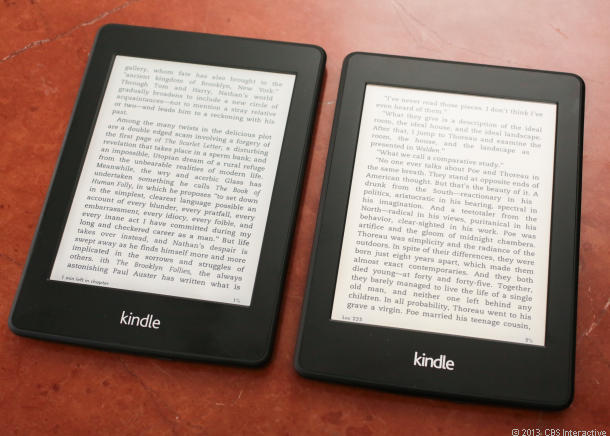HTC once made the first Android phone. The HTC Dream – or G1, because it was referred to as in some markets – used to be all Google on the subject of the device. It might be apt to name it the primary phone operating ‘stock’ Android, mainly due to there used to be nothing else in the market. The telephone set the ball rolling. When the opposite manufacturers joined in, the open supply underpinnings of Android enabled them to alter the way their Android-based, totally phones looked and functioned.
The manufacturers saw customizing Android to differentiate themselves from their rivals who were also building telephones in keeping with the same ‘stock’ Android. With little to distinguish relating to specifications, there may be simplest a lot that they could’ve achieved with the hardware to face out from the gang. In the feel, innovating on the device entrance was glaring, and a few might say cheaper choices compared to dabbling with the instrument’s physicality.
Any other it is that manufacturers had been modifying or constructing upon Android was once to plug the gaps that preliminary versions of the OS had. However, you would find that arduous to believe if you believed the ‘specialists.’ Up unless just lately, studying almost every evaluates of an Android telephone instead of the Nexus collection, you’d find the reviewer criticizing the UI overlay as one of the most telephone’s drawbacks. There are numerous reasons for the detest in opposition to 0.33-birthday celebration skins like Samsung’s TouchWiz or HTC’s Sense UI. For some, it is usually too cluttered, unintuitive, maybe even unsightly.
But the biggest reason Android purists all the time most well-liked inventory Android-laden Nexus phones is that you get updated to the newest and finest Android model as quickly as it is released. Smartly, possibly no longer the greatest in recent times.
It seemed that our wildest dreams came true when Google launched the ‘Google Play model’ of the Samsung Galaxy S4 and the HTC One – absolute best-in-class hardware with the goodness of inventory Android. But the whole lot’s now not ‘A-adequate’ when you are working stock Android. For example, when pitted against siblings featuring instrument enhancements from their respective producers, both these telephones showed mediocrity in the camera device, resulting in worse quality pictures.
However, issues look brighter with producer customizations. Just take a look at the Moto X and all things that make it special — the always-on notification lock display, the flexibility to wake the phone up without touching, the gesture to fire up the camera; all these are instrument additions no longer present in stock Android. Take all of them away, and what are you left with? A phone that lets you get lost in the crowd of Android devices out there.
Even the LG G2 comes with a ‘visitor mode’ that at last works the best way it must; something many individuals will delight in having out of the field. Even sifting in the course of the truckload of features the Samsung puts into their Android telephones at present, options like group Play appear attention-grabbing.
It seems producers have started specializing in thoughtful additions as a substitute for just differentiating for its sake, with little regard for the price brought to the customer. With the last two ‘major’ Android updates starting to be relatively minor ones, there may no longer be so much of an incentive to be on, say, Android four.3, compared with the adaptation between Android four.1 and Android 4.0. Now, greater than ever, saying that a ‘Nexus’ or ‘Google Play’ phone offers the perfect Android experience may not hold anymore.









